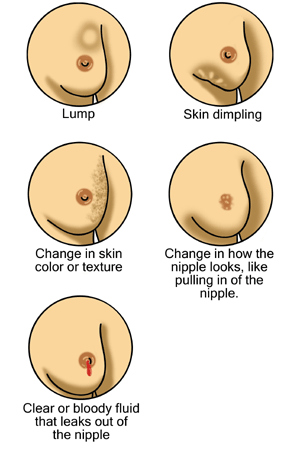A pioneering mobile device using cutting-edge nanotechnology to rapidly detect malaria infection and drug resistance could revolutionise how the disease is diagnosed and treated.
Around 800,000 people die from malaria each year after being bitten by mosquitoes infected with malaria parasites. Signs that the parasite is developing resistance to the most powerful anti-malarial drugs in south-east Asia and sub-Saharan Africa mean scientists are working to prevent the drugs becoming ineffective.
This is a preview of Rapid malaria Detection using Nanotech based Medical Device.
Read the full post (707 words, 1 image, estimated 2:50 mins reading time)
Advanced Brain Monitoring, a medical device company focused on developing and commercializing innovative devices for sleep medicine and neurology, announces that the U.S. Food and Drug Administration (FDA) has granted 510(k) clearance for Sleep Profiler. Sleep Profiler is a patient-friendly neuro-cardio diagnostic tool to assess sleep architecture and continuity.
Recently Barfi was released depicting the problems faced by the autistic people. we have seen these days many tech people coming forward to attend autistic people with the high end technologies. scientist and engineers and Georgia tech are also working for the same
This is a preview of Georgia Tech creating high-tech tools to study autism.
Read the full post (888 words, 1 image, estimated 3:33 mins reading time)
Portable X-ray machines have been around for nearly 100 years, but they are only portable in the sense that they can be budged at all. Most are heavy, large, and require as much power as an electric-fired home water heater to use.
The mission of Tribogenics, a Southern California-based startup, is to to replace all those clunky machines with devices no larger than a good-sized laptop. The company plans to get there using a tiny X-ray generator the length of a stick of gum, that could power small, battery-powered X-ray machines. If successful, the lightweight imaging machines could easily be transported to the front lines of combat, to disaster areas, or simply to remote locales far from hospitals – all without needing to transport the patient. To help move from science experiment to product, Tribogenics has raised $6.2 million from Peter Thiel’s Founders Fund.

Washington: Scientists claim to have invented the world’s most advanced pair of robotic legs that accurately mimic human walking, a feat they say has brought the goal of developing human-friendly household robots a step closer.
Created by a team from the Department of Electrical and Computer Engineering at the University of Arizona, the legs are the first to mimic walking in a biologically accurate and energy-efficient manner.
The biological accuracy of this robot, which has been detailed in the Journal of Neural Engineering, has allowed the researchers to investigate the processes underlying walking in humans and may bolster theories of how babies learn to walk.
It could also help understand how patients with spinal cord injury can recover the ability to walk, the team said.
This is a preview of New Robotic Legs to mimic exact Human Style of walking.
Read the full post (404 words, 2 images, estimated 1:37 mins reading time)







